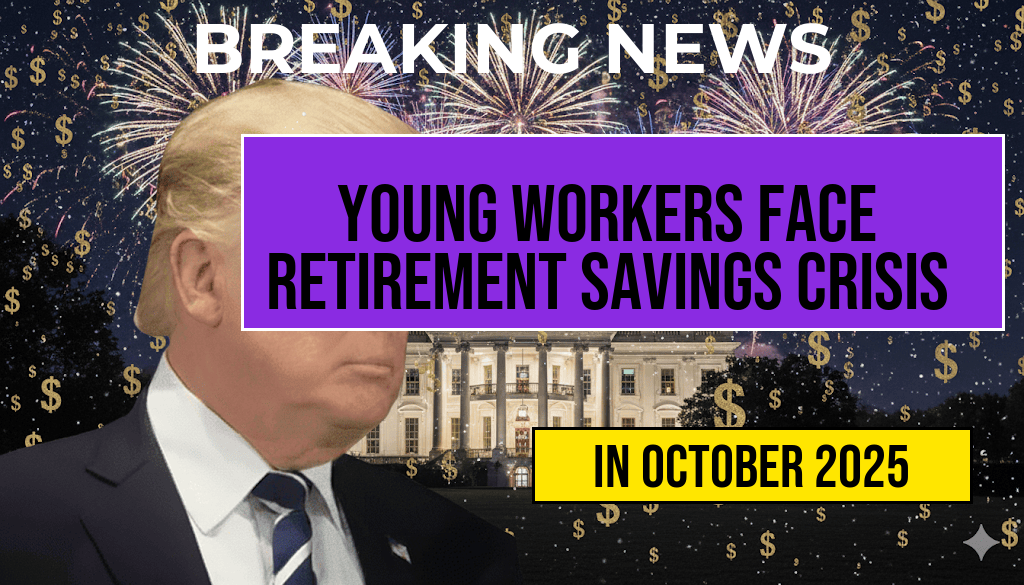The upcoming year will bring a mixed impact for Medicare beneficiaries, as a $10.30 increase in their monthly premiums will be partially offset by a modest cost-of-living adjustment (COLA). While beneficiaries will see an additional $144.60 annually in premium costs, the COLA—set at 3.2% for 2024—will add approximately $5.20 to their monthly Social Security benefits. This means that despite the increased Social Security payout, beneficiaries will still face higher out-of-pocket expenses for Medicare Part B coverage. The shift underscores ongoing challenges in balancing rising healthcare costs with inflation adjustments, prompting many to reevaluate their Medicare planning for the upcoming year.
Understanding the Medicare Premium Hike and COLA Adjustment
Medicare Part B, which covers outpatient services, preventive care, and some home health services, traditionally requires beneficiaries to pay a monthly premium. For 2024, the standard premium will increase from $164.90 to $175.20, marking a $10.30 rise. This increase is largely attributed to higher healthcare costs and inflation, which Medicare officials say necessitated adjustments to sustain program funding.
Alongside this, the Social Security Administration announced a COLA of 3.2% for 2024. This adjustment is designed to help retirees and beneficiaries keep pace with inflation, especially as prices for goods and services continue to rise. For most recipients, this means an additional $5.20 per month in Social Security benefits, resulting in a total annual increase of about $62.40.
Financial Impact on Beneficiaries
| Item | 2023 | 2024 | Change |
|---|---|---|---|
| Monthly Medicare Part B Premium | $164.90 | $175.20 | + $10.30 |
| Monthly Social Security COLA | — | + $5.20 | — |
| Net Monthly Impact | + $5.10 |
While the COLA provides some relief, the net effect remains a monthly increase of approximately $5.10 after accounting for both the premium hike and the benefit adjustment. Over a year, this totals an added expense of $61.20 for beneficiaries, which could influence household budgets, especially for those living on fixed incomes.
Why Are Medicare Premiums Increasing?
The rise in Part B premiums reflects a combination of factors. Medical inflation remains high, driven by increased costs for medications, hospital care, and outpatient services. Additionally, demographic shifts, such as an aging population requiring more extensive medical services, place further pressure on Medicare’s financial structure. Officials also highlight that the program’s costs are impacted by broader healthcare trends, including technological advancements and higher service utilization.
Medicare’s trustees have projected that without adjustments, Part B costs could become unsustainable in the long term. As a result, premium increases serve as a necessary measure to maintain the program’s solvency and ensure continued access to essential healthcare services for retirees and disabled individuals.
How Beneficiaries Can Prepare
Given the combined effects of higher premiums and modest benefit increases, many beneficiaries are urged to review their Medicare and retirement planning strategies. Some options include:
- Exploring Medicare Savings Programs: These programs can help lower-income beneficiaries reduce out-of-pocket costs.
- Reviewing Prescription Drug Plans: Comparing Part D plans may identify more cost-effective options for medication coverage.
- Seeking Financial Advice: Consulting with a financial planner can help coordinate Medicare costs with overall retirement income.
- Staying Informed: Regularly checking updates from the Social Security Administration and Medicare.gov ensures beneficiaries are aware of any policy changes or additional assistance programs.
Policy Context and Future Outlook
Medicare’s financial sustainability remains a key concern for policymakers. Recent legislation aims to address long-term funding gaps, including proposals to adjust payroll taxes and modify benefit structures. Nevertheless, premium and COLA adjustments are subject to annual review, and future changes will depend on healthcare inflation, legislative priorities, and economic conditions.
For more detailed information on Medicare policies and projections, the official Medicare website offers comprehensive resources. Additionally, the Wikipedia page on Medicare provides historical context and policy analysis.
Frequently Asked Questions
What is the reason for the Medicare premium increase?
The Medicare premium increase is primarily due to a ten dollars and thirty cents COLA (Cost of Living Adjustment) that is offset by higher Part B costs.
How will the COLA affect my Medicare premiums?
The COLA provides a small increase in benefits to help offset inflation, but in this case, the ten dollars and thirty cents increase is balanced out by the rise in Part B costs, resulting in a net effect on premiums.
Who is impacted by the Medicare premium increase?
The increase affects Medicare beneficiaries who pay for Part B premiums, especially those on fixed incomes or with limited resources.
When will this premium increase take effect?
The Medicare premium increase is typically reflected in the upcoming billing cycle, so beneficiaries should expect to see the change on their next Medicare Part B statement.
What can I do to prepare for the premium increase?
Beneficiaries should review their Medicare statements and consider consulting with a Medicare advisor or financial planner to understand how the premium increase impacts their budget and explore available assistance options.




